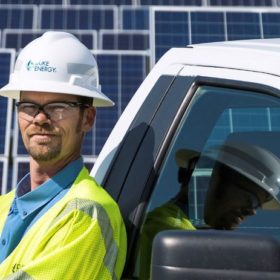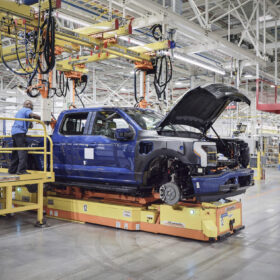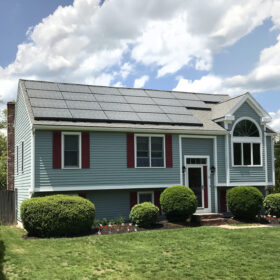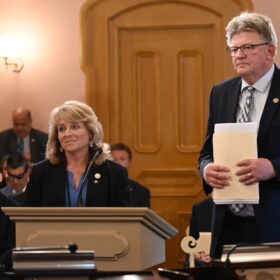Facebook, RWE Renewables in deal with TVA for 150 MW of solar
Facebook’s commitment to TVA’s green invest program continues, as the company has now contracted for 475 MW of solar under the program.
Duke Energy to test novel approach to turn coal plants into energy storage stations
Funded by a Department of Energy grant, the project will evaluate Malta Inc.’s thermal energy storage system as a viable, scalable solution.
New York funds a study to learn how grazing can benefit solar installations
Sheep and solar farms can exist symbiotically, and the American Solar Grazing Association says that now is the time to convert that relationship into a full-scale industry.
First Solar and Nel to develop integrated solar-hydrogen power plants
The companies first will work to develop an integrated power plant control and SCADA system.
Duke plans to be 23% renewable by 2030
The company’s latest sustainability reports outlines efforts to increase renewable penetration and cut emissions, but are these changes coming soon enough?
Origis Energy to develop big solar project in Mississippi using TVA’s Green Invest
The 200 MW solar project will be one of the largest in the state but will help Knoxville, Tennessee, reach its renewable goals.
Duke Energy consolidates its renewable energy offerings under one brand
Duke Energy Sustainable Solutions will unify products and services offered by several subsidiaries to help companies achieve clean energy and resilient infrastructure solutions.
Facebook achieves net-zero emissions, looks to its global value chain to follow suit
The social media giant met its 2018 goal at the end of 2020 and now aims to achieve net zero emissions for its entire value chain by 2030.
Jack Daniels orders a shot of solar through TVA’s Green Invest program
The 20 MW project will help the iconic brand meet roughly 75% of electricity demand at its Lynchburg, Tennessee distillery.
Pine Gate develops agrivoltaics plus storage at Massachusetts cranberry bogs
A total of 9 MW of solar and 36 MWh of storage will be deployed via two solar arrays perched above the commercial cranberry bogs.















